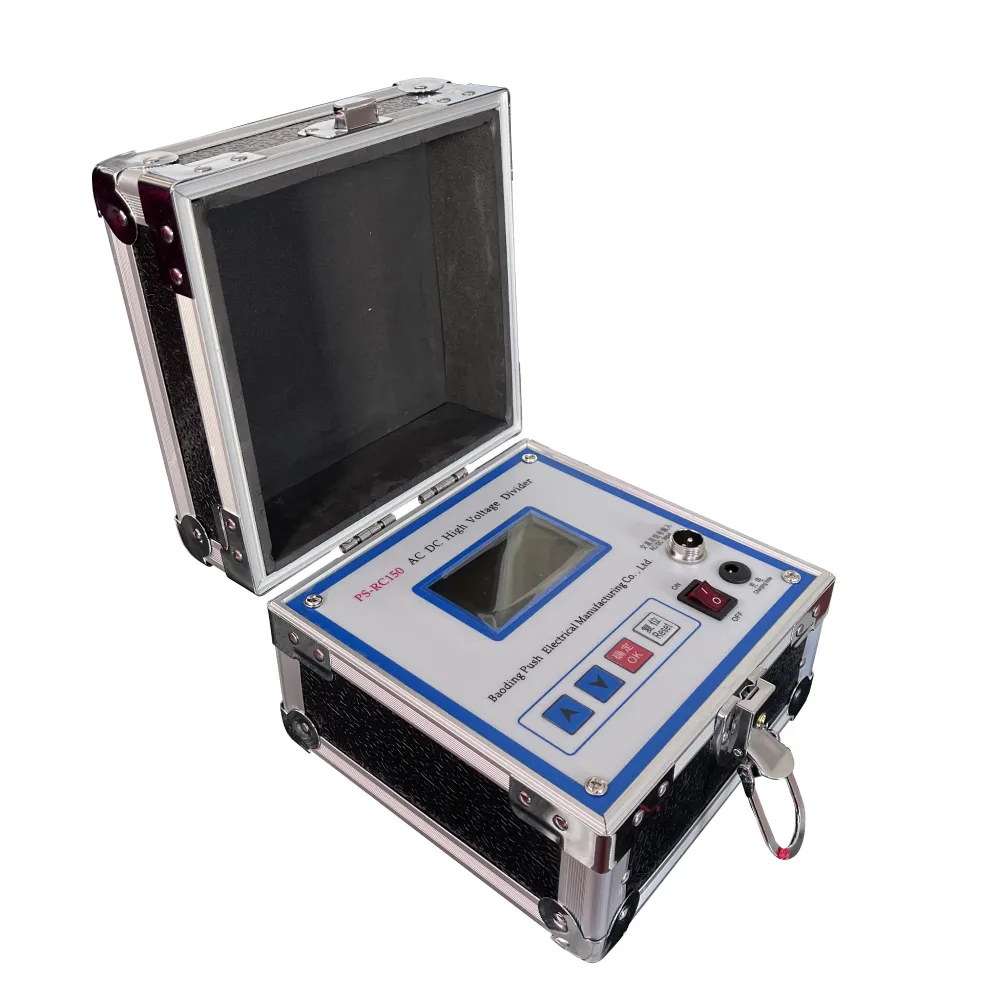 English
English


Transformer Relay Testing Services
Understanding Transformer Relay Testing
Transformer relay testing is a crucial procedure in the maintenance and operation of electrical power systems. Transformers are vital components in power distribution networks, responsible for stepping up or stepping down voltage levels to ensure efficient transmission and distribution of electricity. However, they operate under various electrical stresses, making them susceptible to failures. To ensure their reliable operation, regular testing, particularly focusing on relay protection systems, is essential.
Relay protection systems are designed to detect faults in transformer operation and automatically disconnect the faulty transformer from the power system to prevent damage. The effectiveness of these relays largely depends on their proper functioning, which is where relay testing comes into play. The goal of transformer relay testing is to verify that these relays operate correctly during fault conditions, ensuring timely isolation of faulty equipment.
The process of transformer relay testing involves several key steps. First, a thorough inspection of the transformer and its associated relay systems is conducted. This includes checking the physical condition, wiring integrity, and alignment of the relay devices. Pre-test measurements, like insulation resistance testing and winding resistance measurements, are also performed to establish a baseline for later analysis.
transformer relay testing

Once the preliminary checks are completed, actual relay functional tests are conducted. These tests simulate fault conditions to evaluate the relays’ responsiveness. Commonly, secondary injection testing is utilized, where a test set generates specific current and voltage levels to mimic fault scenarios. This method allows engineers to measure the relay’s response time and ensure that it operates within the specified settings.
During the testing, various parameters are recorded, including trip times, operate values, and failsafe operations. The relay should trip within the defined time limits, ensuring that it can promptly disconnect the transformer during an actual fault event. Additionally, testing may involve coordination studies. This process ensures that the relays associated with different protective devices work harmoniously, preventing nuisance tripping while ensuring effective fault isolation.
Post-testing, the results are analyzed and documented thoroughly. Any discrepancies or failures identified during the tests necessitate corrective actions, such as recalibration or replacement of the relay. Regular testing not only enhances the reliability of transformer operation but also ensures compliance with regulatory standards.
In summary, transformer relay testing is an essential aspect of electrical power system management. By systematically evaluating the performance of relay protection systems, operators can significantly reduce the risk of transformer failures and enhance the overall safety and efficiency of the electrical network. With continuous advancements in testing technologies and methodologies, the future of transformer relay testing promises to be even more effective, paving the way for safer and more reliable power systems.
-
Differences between open cup flash point tester and closed cup flash point testerNewsOct.31,2024
-
The Reliable Load Tap ChangerNewsOct.23,2024
-
The Essential Guide to Hipot TestersNewsOct.23,2024
-
The Digital Insulation TesterNewsOct.23,2024
-
The Best Earth Loop Impedance Tester for SaleNewsOct.23,2024
-
Tan Delta Tester--The Essential Tool for Electrical Insulation TestingNewsOct.23,2024





